Third Presbyterian Church – Rochester, NY
Rochester’s Third Presbyterian Church is an icon of history with a reach far beyond the local borders of Christianity.
by Chris Clemens
The Third Presbyterian Church in Rochester holds an important history for both the city and for the history of religion. For this reason we’ve been attempting to get a tour for the entire two years we’ve been doing this project. For whatever reason, each time we attempt to reach out our schedules just don’t align.
At the end of the year, we finally caught a break. We got to meet with Cindy, a wearer of all hats for the church. She agreed to take a little time out of her morning to meet with us and show us around. We are very grateful!!

History Of Presbyterian Churches In Rochester
The Third Presbyterian Church in Rochester got its name precisely the way you’d imagine. Prior to their organization, there were two preceding Presbyterian churches.
The First Presbyterian Church was organized in 1817 while the city was still known as Rochesterville. That group called a small, wooden building on present day State Street their home. Later that church would come together with Brick and Central Presbyterian and form the Downtown Presbyterian Church.
Before that joining would happen, a group split from the First Presbyterian Church in 1825. That group would become the Second Presbyterian Church. They actually traveled back to their geographical roots. This group set up shop in the same building that the First Presbyterian Church had begun.
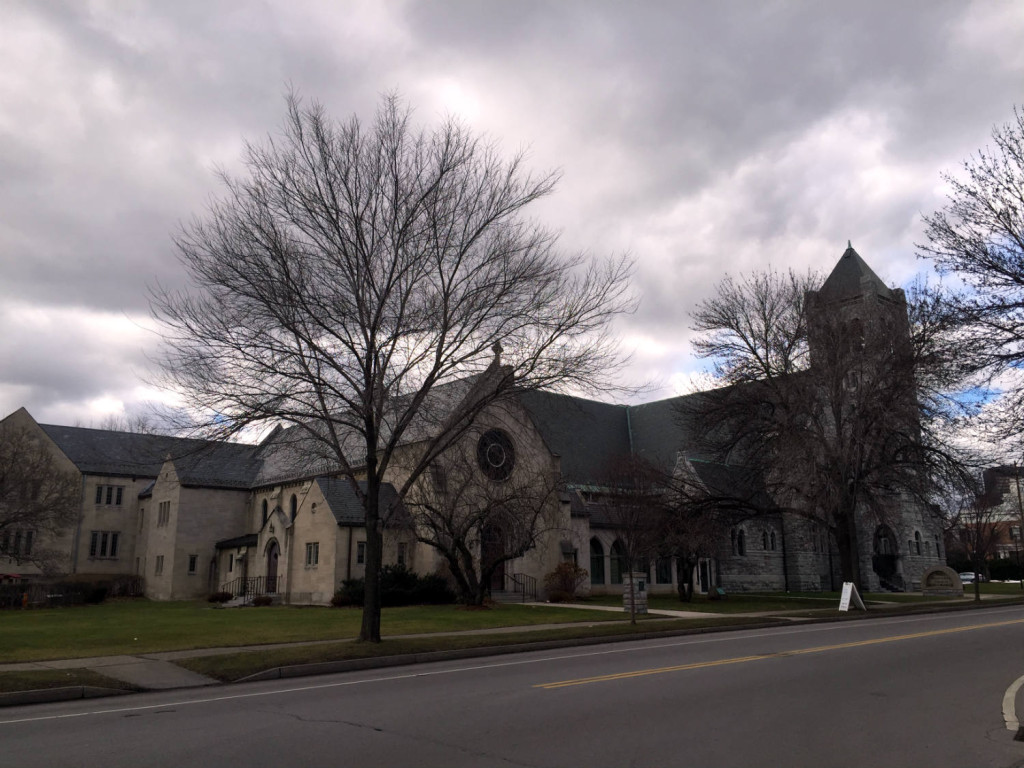
Soon after the Third Presbyterian Church would organize in 1827. At that time the since established City of Rochester contained just 7,000 people.
In December of 1826, a rift developed within the Second Presbyterian Church. During a business meeting a disagreement arose about where to build their new location. Some members of the group preferred the west side of the Genesee River where most other churches were building. Then some others felt they should build on the east side. Those preferring the east side would later establish the founding congregation became the Third Presbyterian Church of Rochester. They officially formed on January 17, 1827 and was the very first organized church on the east side of the Genesee River. Property was selected at Clinton and Main, and a minister would be chosen who studied at nearby Auburn Seminary.
Charles Finney Changes Rochester
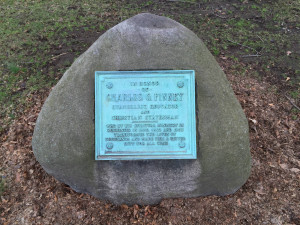
In addition to being the first organized church east of the river, this small 30′ by 60′ wooden framed meeting house would be the chosen locale for a famous summer of revivalism. In 1830-31 the noteworthy Presbyterian evangelist Charles Grandison Finney would reach new heights in his career and would bring his brand of religious revivalism to the quickly growing City of Rochester.
It was here he approached the pulpit Sunday after Sunday during his six month visit. During that time Finney quickly fueled the fire that would set ablaze the Second Great Awakening. Businesses would often close for a few hours just so those who chose to (which was nearly everyone) could go hear the visiting minister share his message during the week. The fervor and excitement of the revivalist movement touched so many the church’s membership grew by 158 in his six months of serving. He was so influential that 92 new members once joined in a single day.
While changing the religious scenery in Rochester and creating an environment that would set the city as one of the highest ranking in the country for religious affiliations, he also would coin the term ‘Burned Over District’. Later in his career, Finney described the Central and Western NY regions to be a ‘Burned Over District’. He explained that the ‘lamp oil’ of the ‘spirit’ had entirely burned up here, and nearly all of the inhabitants of this portion of Upstate NY had already found a faith. He implied if you were looking to convert someone, you’d best go where there are people still needing religion.
Interestingly,, Rochester is now ranked one of the lowest in the country for religious affiliation. More recently the city is primarily inhabited by residents who claim no religion at all.
Third Presbyterian Church Rebrands
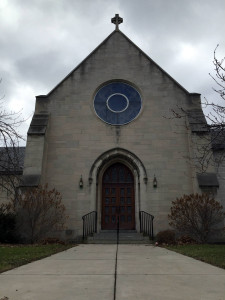
Though the church was successful in campaigning for its own growth, it would soon undergo strife and difficult times.
Soon after Finney left, the church began to feel tremendous financial strain. They attempted some creative fundraising by selling pew leases in exchange for paying off the debt.
Ultimately it was decided to sell the building to the Second Baptist Church. (They would later relocate to their current home at Clover and Highland and become the Baptist Temple after a fire ruined that purchase).
Third Presbyterian members would then meet wherever they could find a space. Things were difficult enough that at one point they even voted to disband entirely. When that idea was voted down, they determined to overcome their new found adversity. With a renewed unity they found a new minister and new home at Main and Stone Sts. During that time period, the church would choose a leadership that pulled them toward a more orthodox stride. Dr. Albert Hall would inspire the group to adopt a conservative world view. In fact he would stay away from the issue of the abolition of slavery, and for a number of years women weren’t even permitted to speak within the church.
Present Day
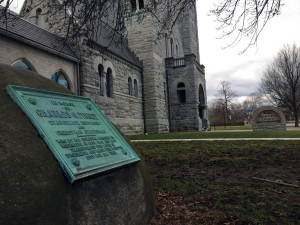
In 1892 the group would first touch down at the intersection of East Avenue and Meigs Street. It was here that they began building their third, and present, home. Then, while under the guidance of another new leader, Paul Moore Strayer, the church would relax in some of their worldly views.
Taking a stronger stance in civil rights and equality issues, the congregation has continued since the early 1900’s to be more proactive in embracing equality for all. In 1917 Miss Mary Paris was brought to Rochester to be a school teacher for the church and founded the first Girl Scout Troop for the city. Another piece of the church’s particularly striking history is that the first woman to be ordained in the Presbyterian church was Margaret Towner of Syracuse’s First Church in 1956.
Just as important was Rochester Presbyterian Elder named Lilian Alexander. She was the first to petition the national congregation that women should be allowed to be ordained in the church. Her fighting efforts and fortitude were the start of a national revolution to allow women to play a greater role in serving the church in higher leadership roles. The church has continued to evolve over time and today provides an entirely inclusive and welcoming congregation. Third Presbyterian Church is even one of the few places in the city that provides same-sex marriage opportunities.
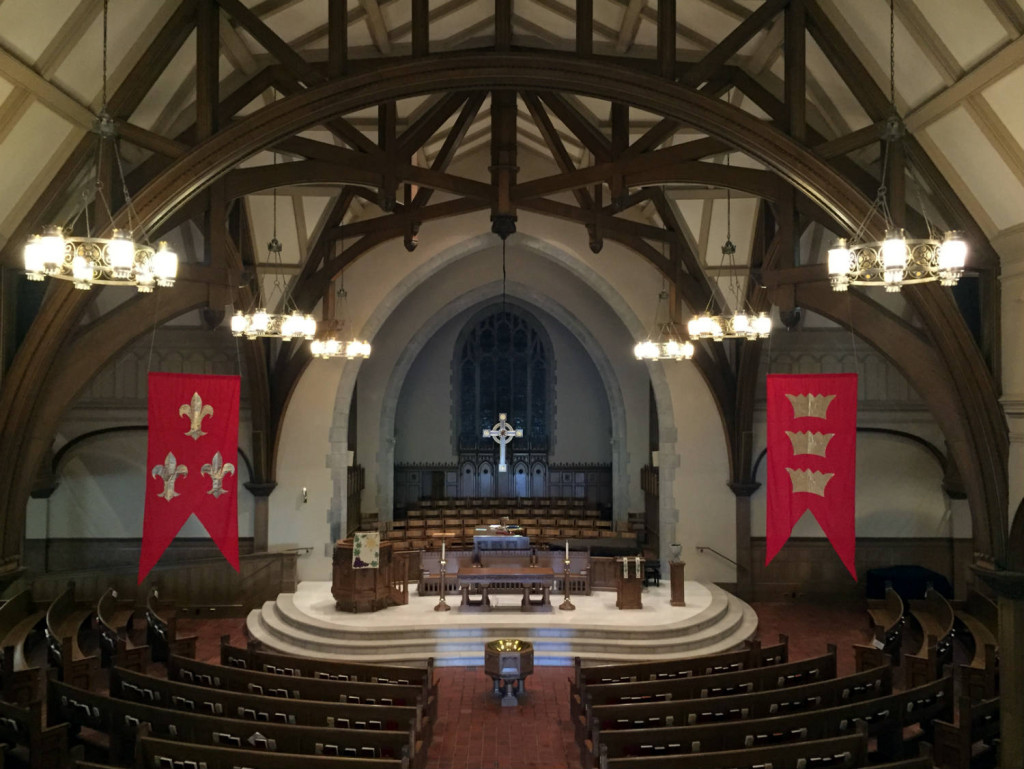
Third Presbyterian’s Tiffany Stained Glass Windows
During the tour we were brought into the main sanctuary to explore the stained glass. Third Presbyterian Church is one of the few in Rochester to be lucky enough to own Louis Comfort Tiffany stained glass windows and whenever we encounter one we always make it a point to pay extra close attention.
The sanctuary is large and cavernous, and because it sometimes it just not practical to have such a tremendous space, the church added an additional smaller chapel back in the 1950’s.
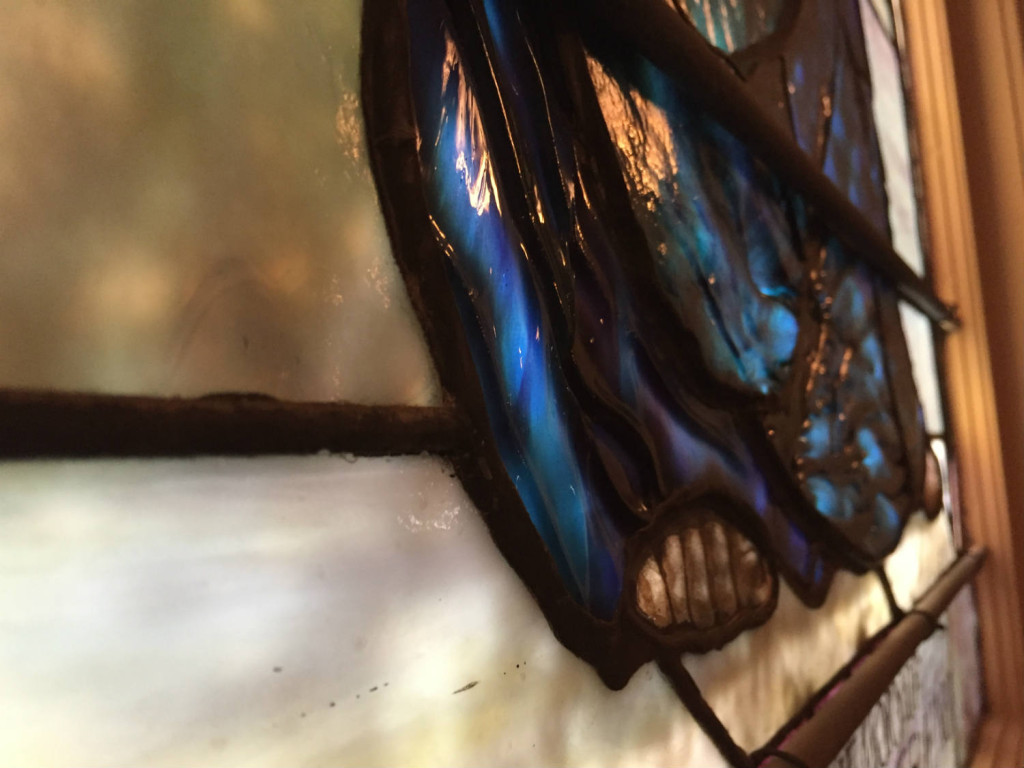
More From Inside
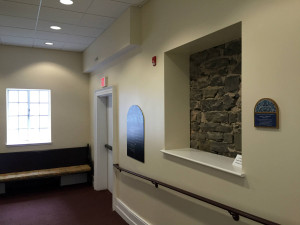
The two buildings sat side by side for a while and unconnected. More recently the church built a series of additions connecting both spaces. As you walk through the entire space from corner to corner, you sort of get this feeling you’ve been walking through the entire history of the church
There are perfectly brand new modern dry wall and tiled spaces with contemporary lighting. Then right around the corner you’re face to face with 100 year old original brick that was purposefully left exposed during renovations. The entire project seems like the church intended to embrace modern day architecture while still preserving and celebrating the artistic and sacred space it has worshiped in all along.
It was a real treat to be able to visit and get a first hand personal tour of the space and to get the stories about all the history that the Third Presbyterian Church has experienced, and especially to be able to get all that from someone as cool and welcoming as Cindy. We’re grateful for yet another really positive experience and the chance to be able to see up close some of the stained glass windows we had read about for so long.
If you ever have the opportunity to experience the splendor and beauty of the church, seize it!
Resources and Additional Reading
Third Presbyterian Church website
Third Presbyterian Church Organ
Downtown Presbyterian Church history
Louis Comfort Tiffany Stained Glass
*This post previously appeared on ExploringTheBurnedOverDistrict.com
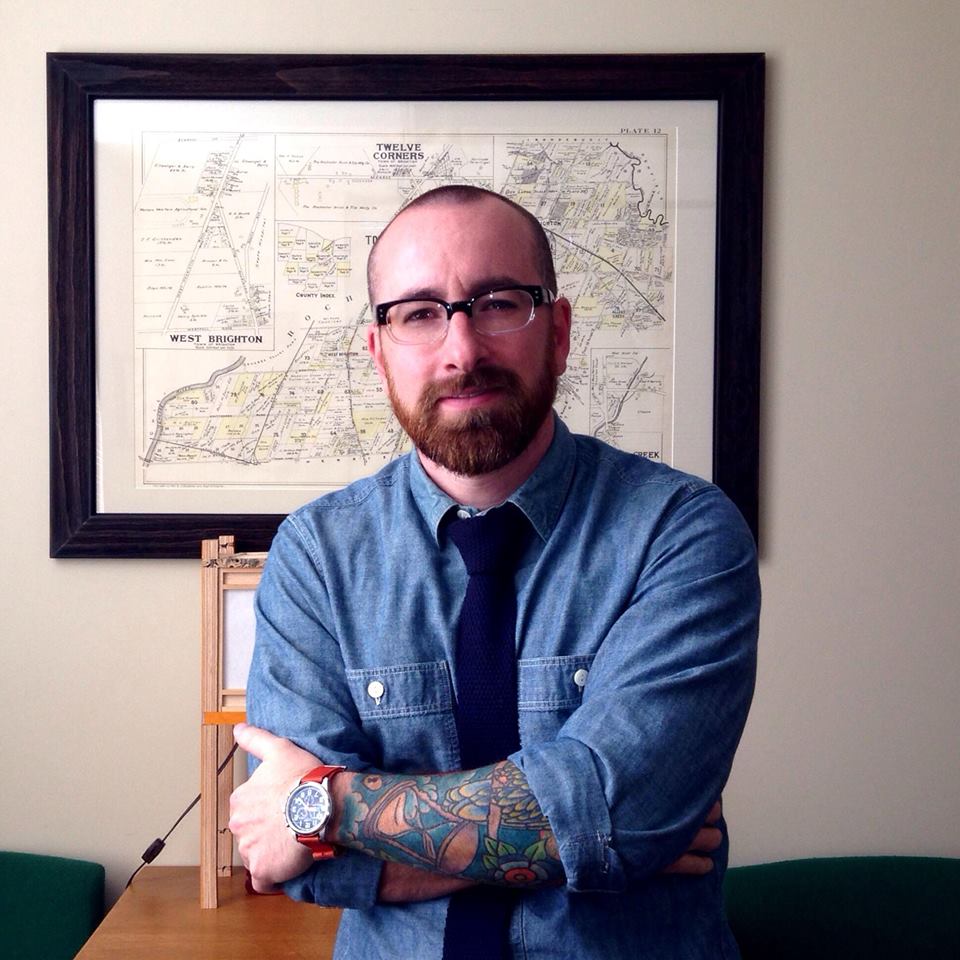
Chris Clemens is the Founder/Publisher of Exploring Upstate. From his hometown in Rochester, he spends as much time as possible connecting with the history, culture, and places that make Upstate New York a land of discovery. Follow him on Twitter at @cpclemens

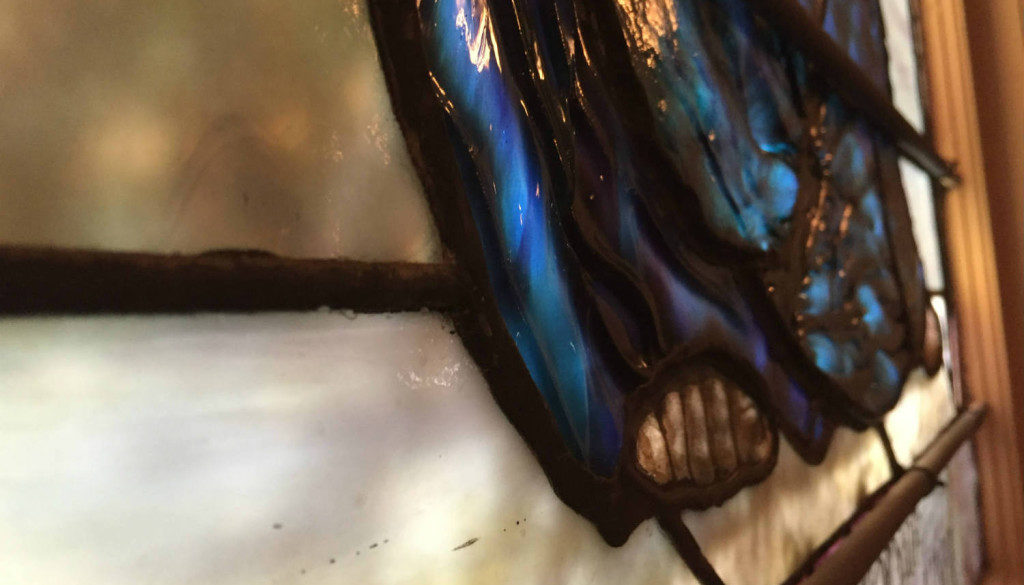
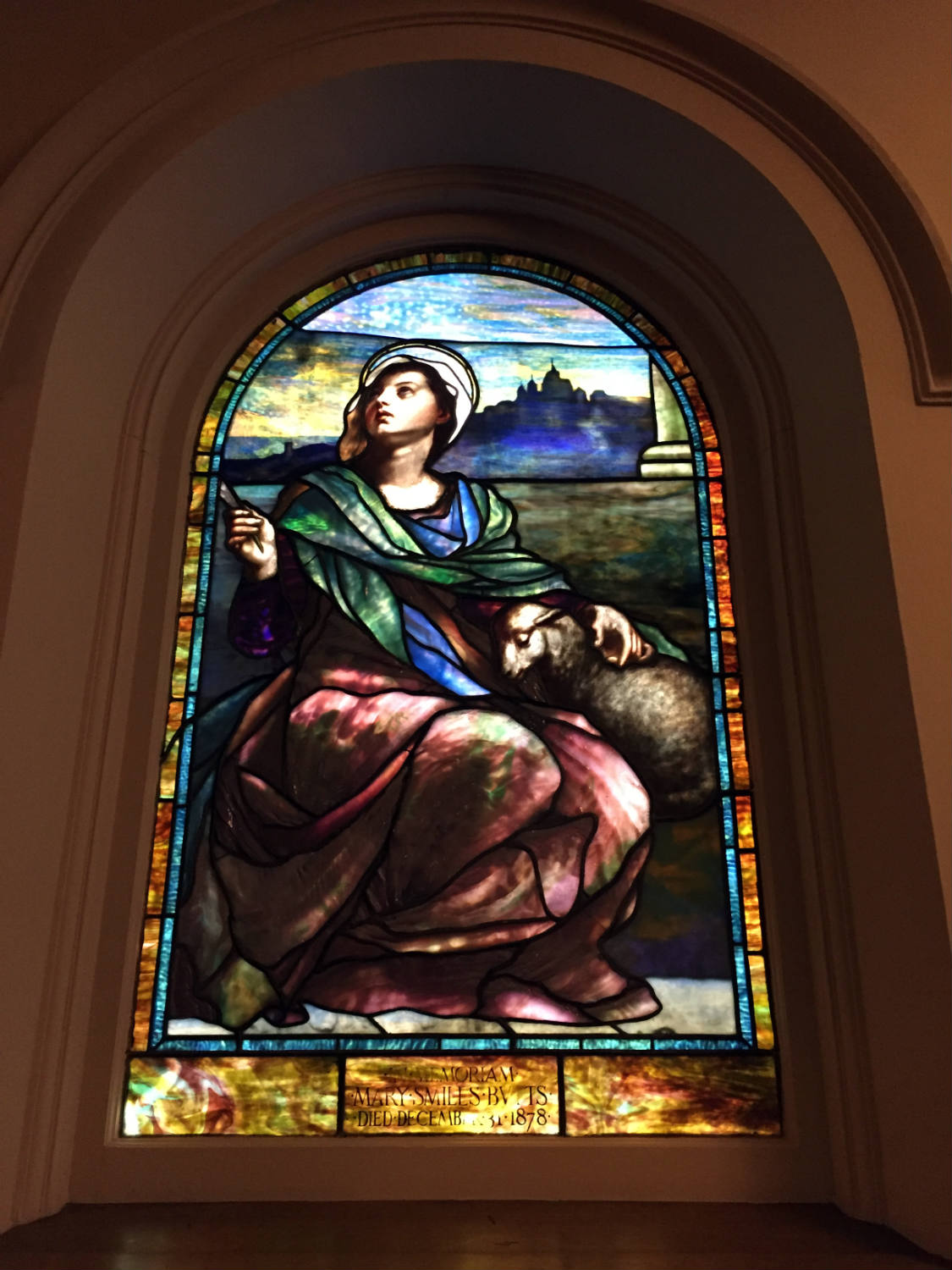
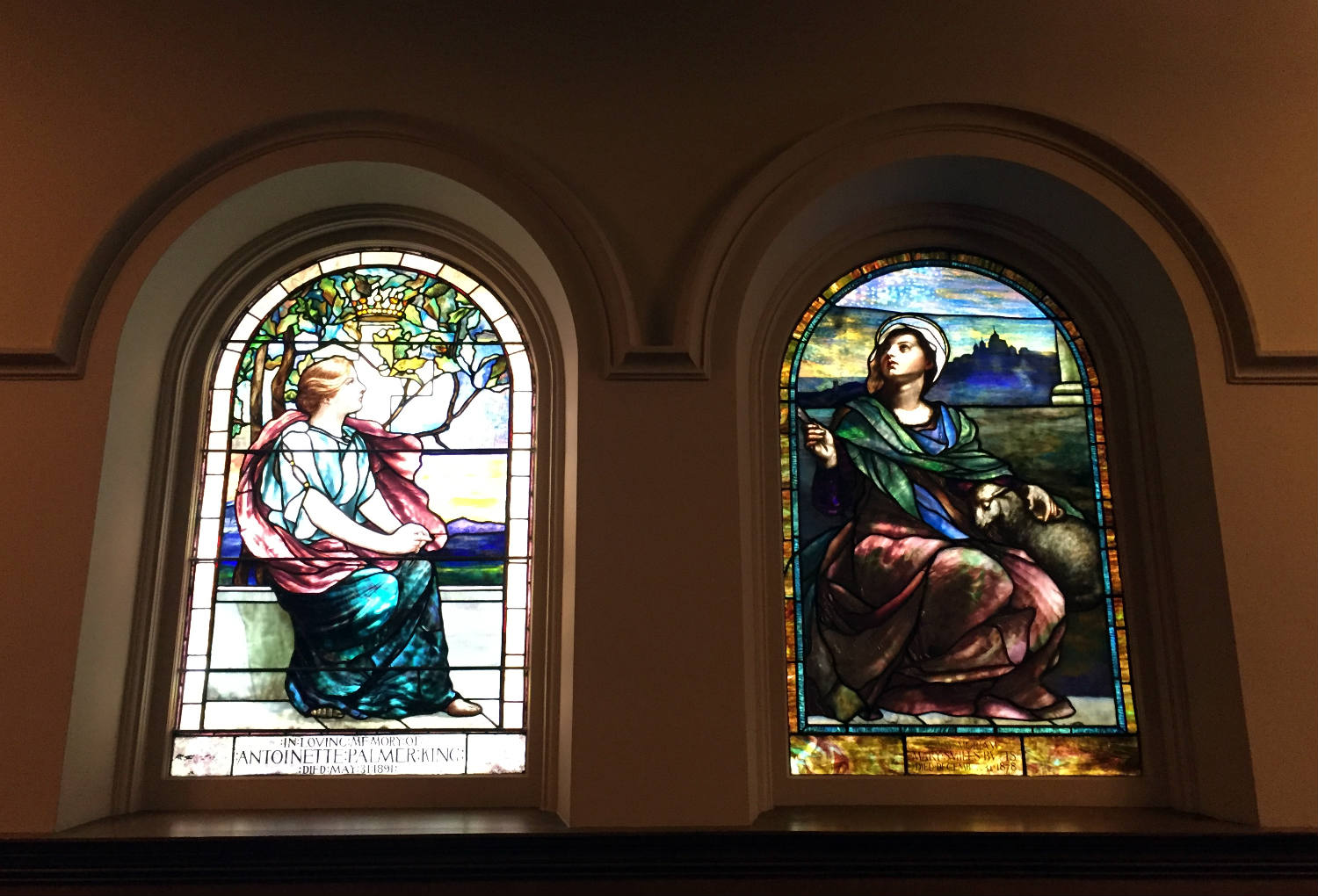
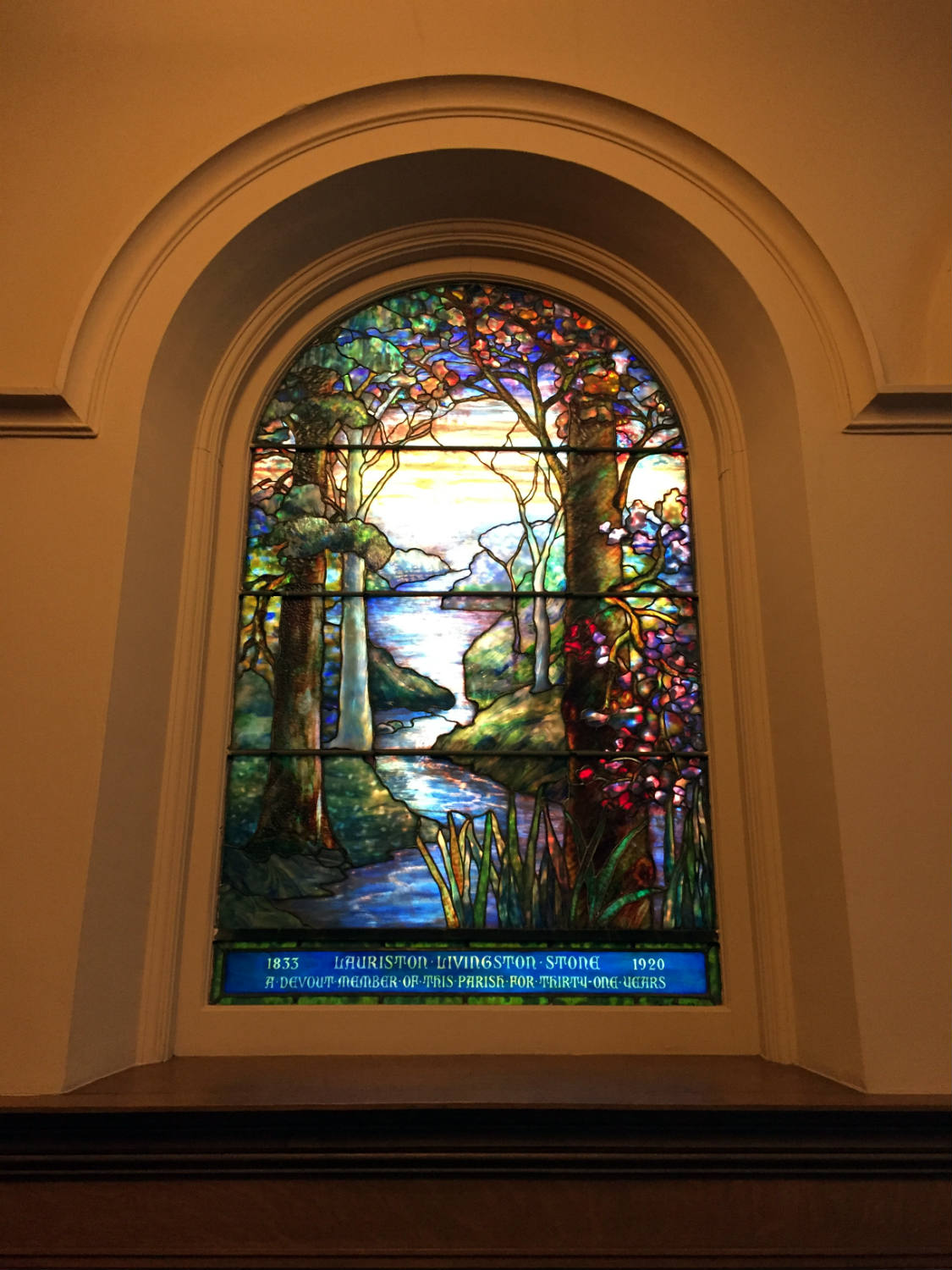
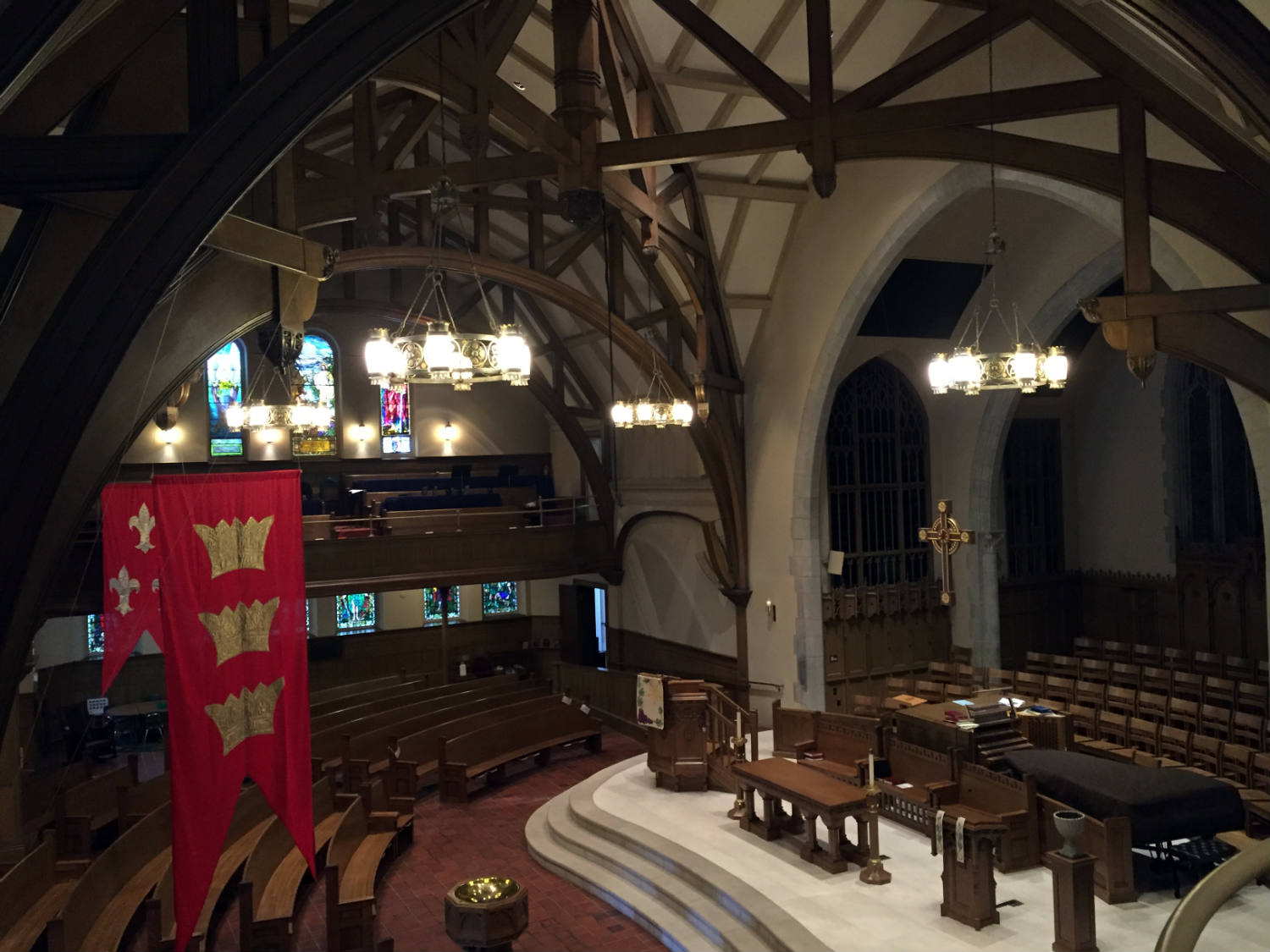
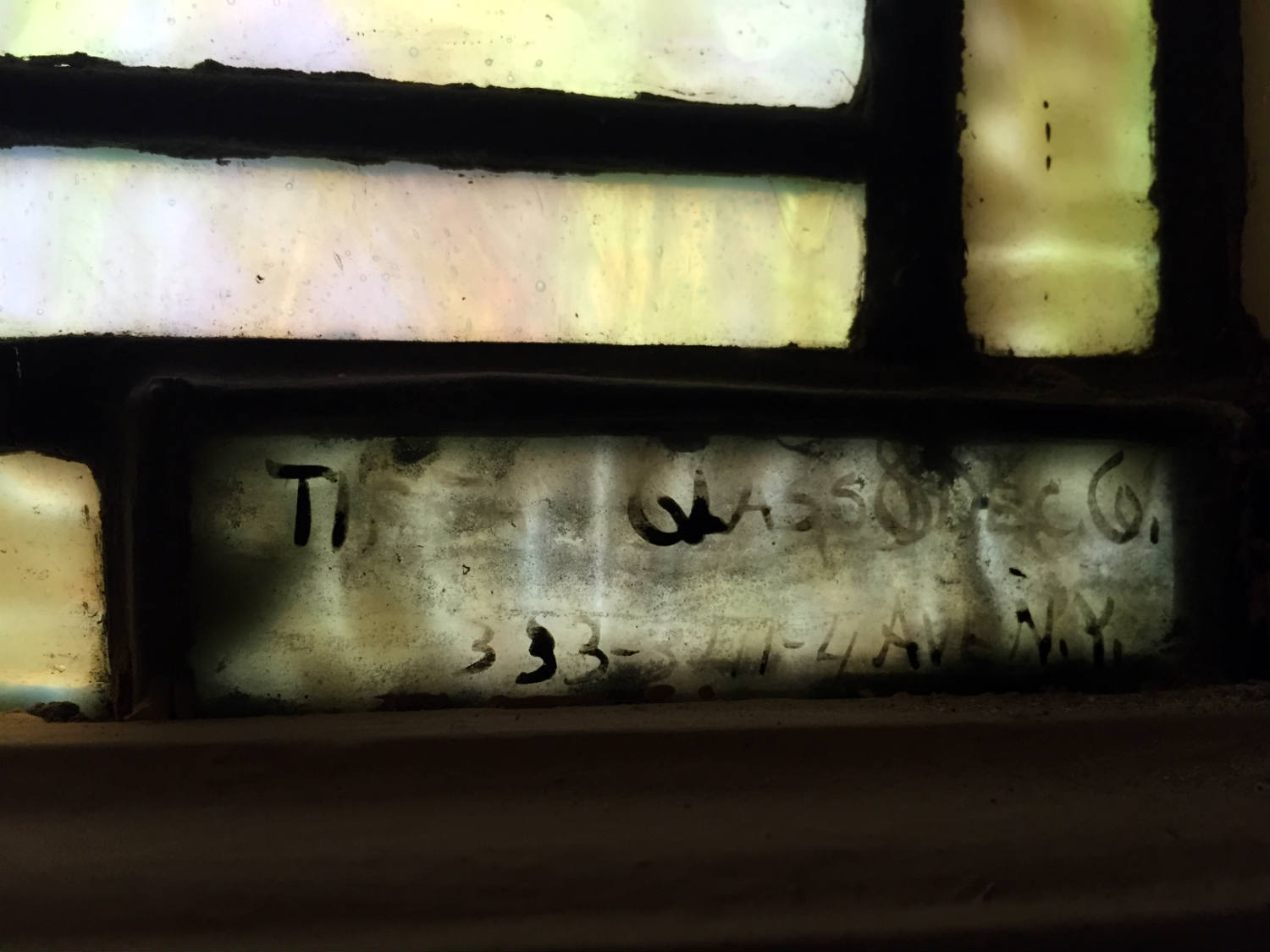
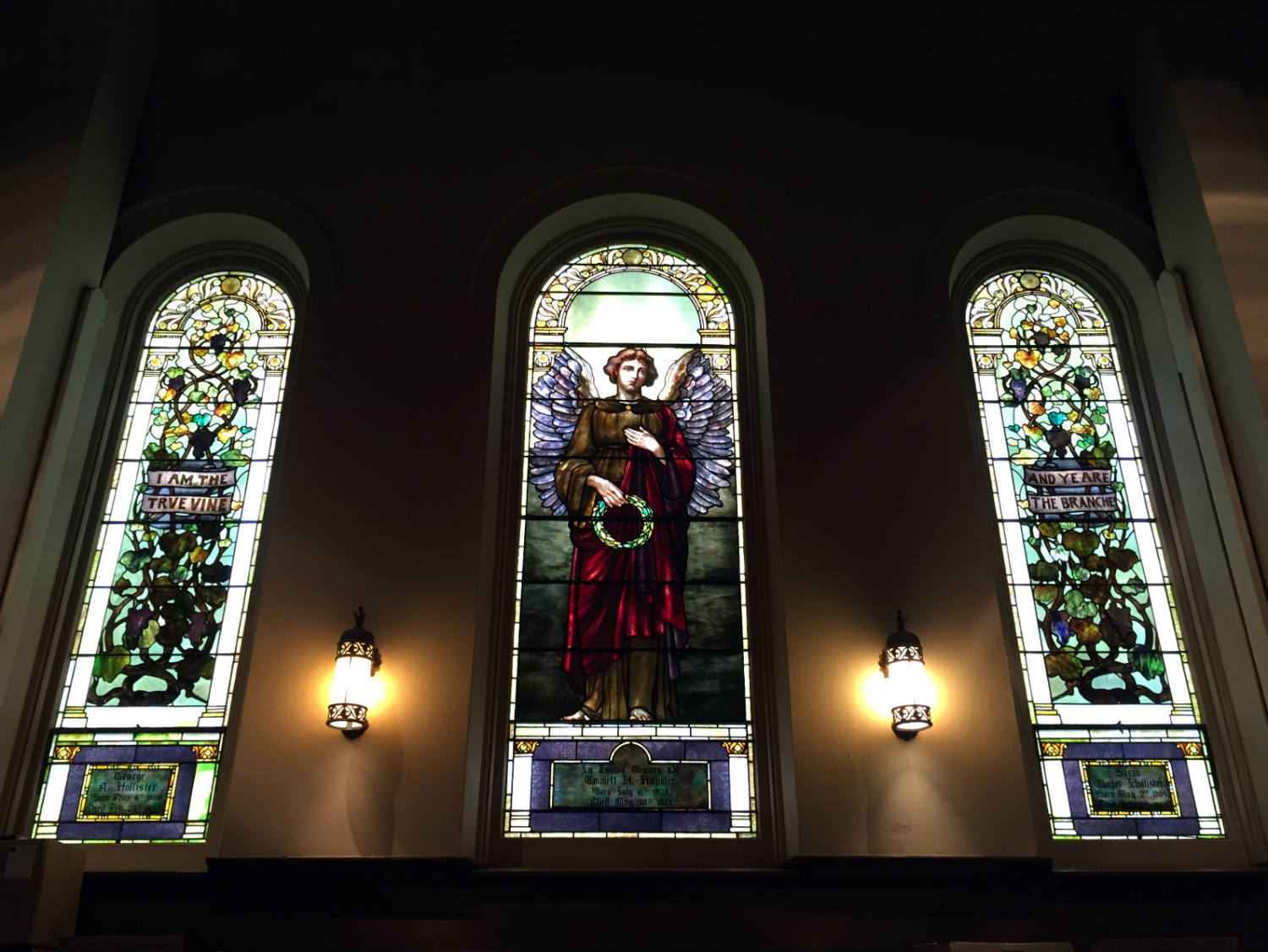
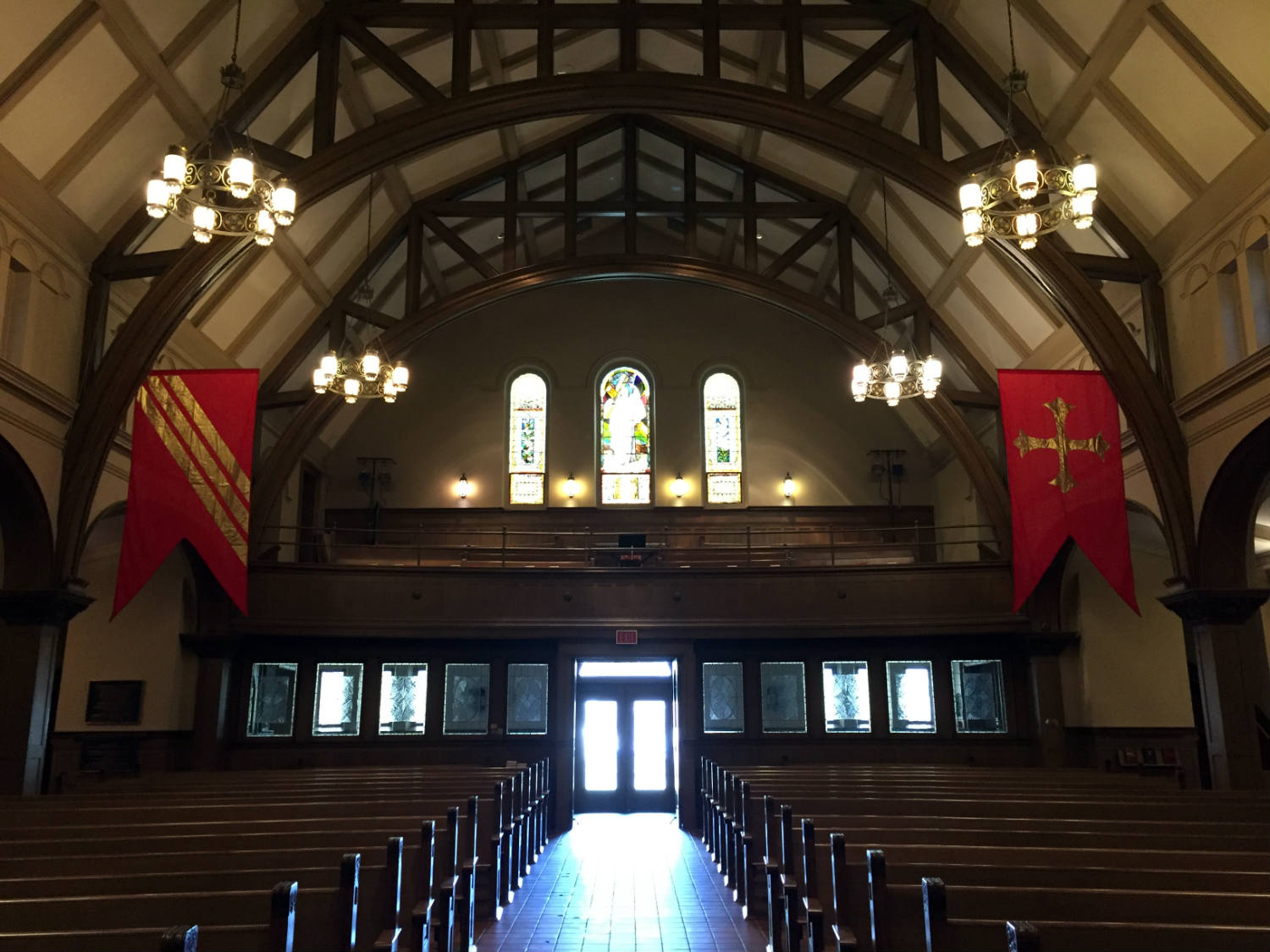

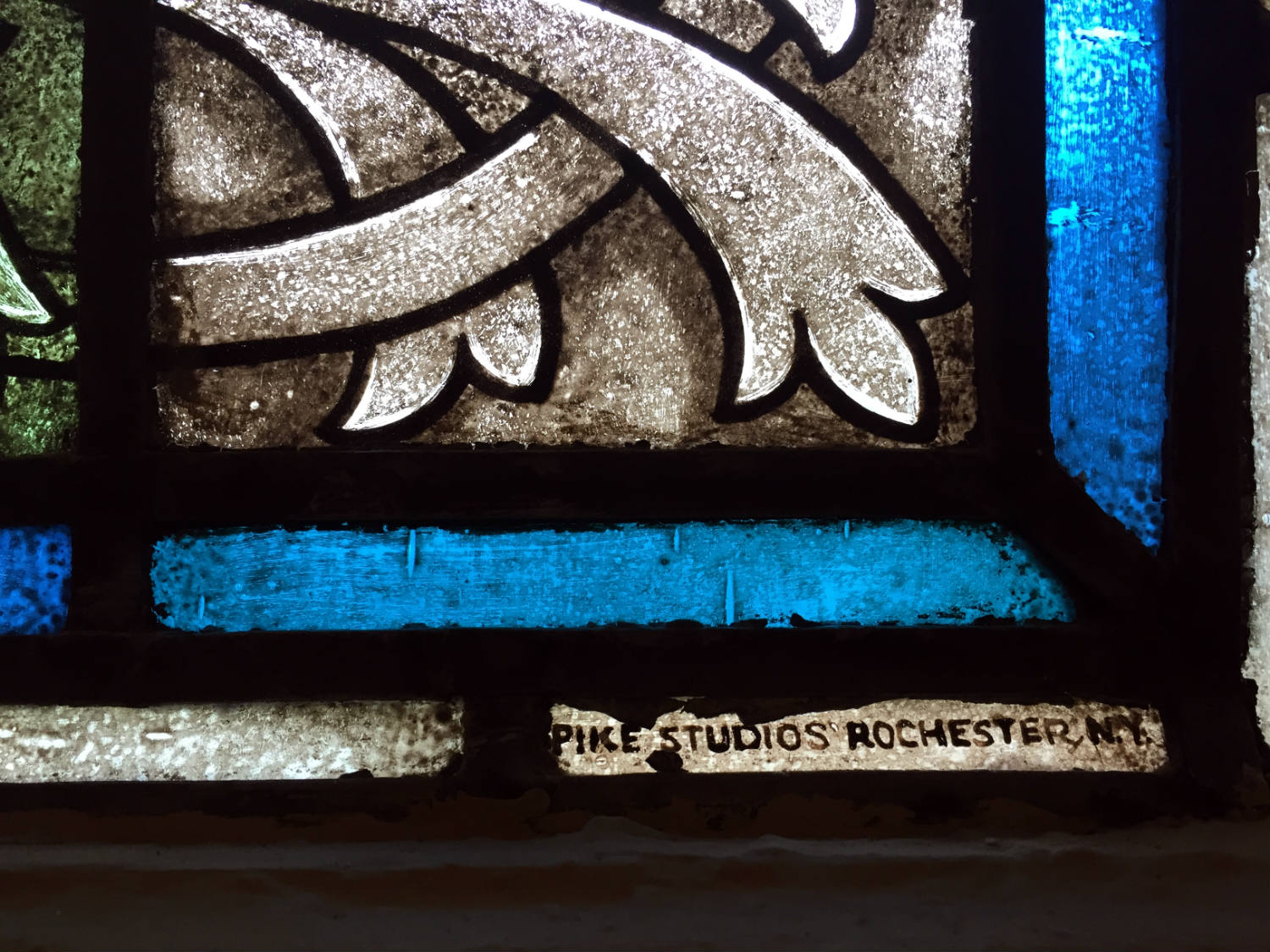
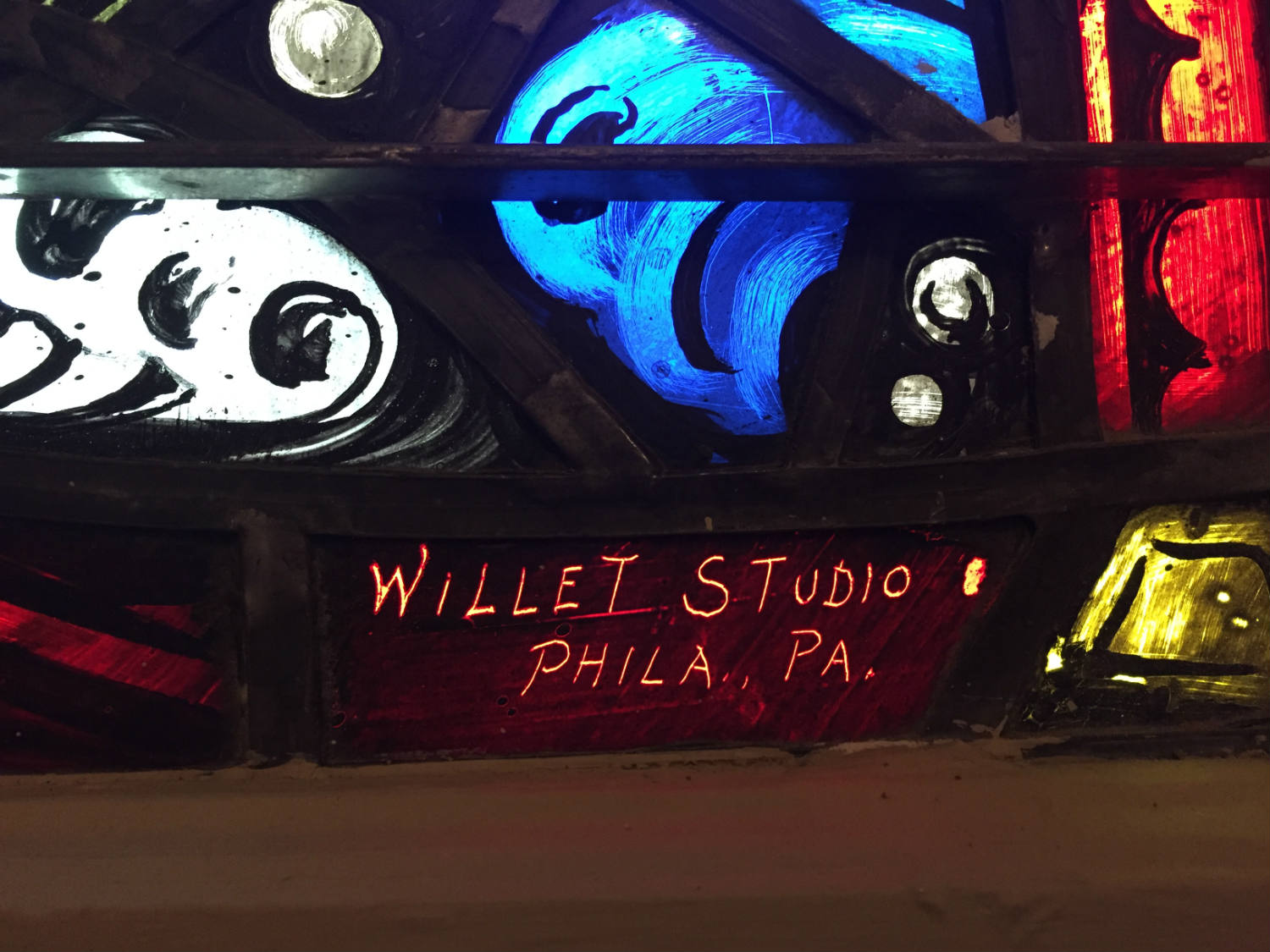


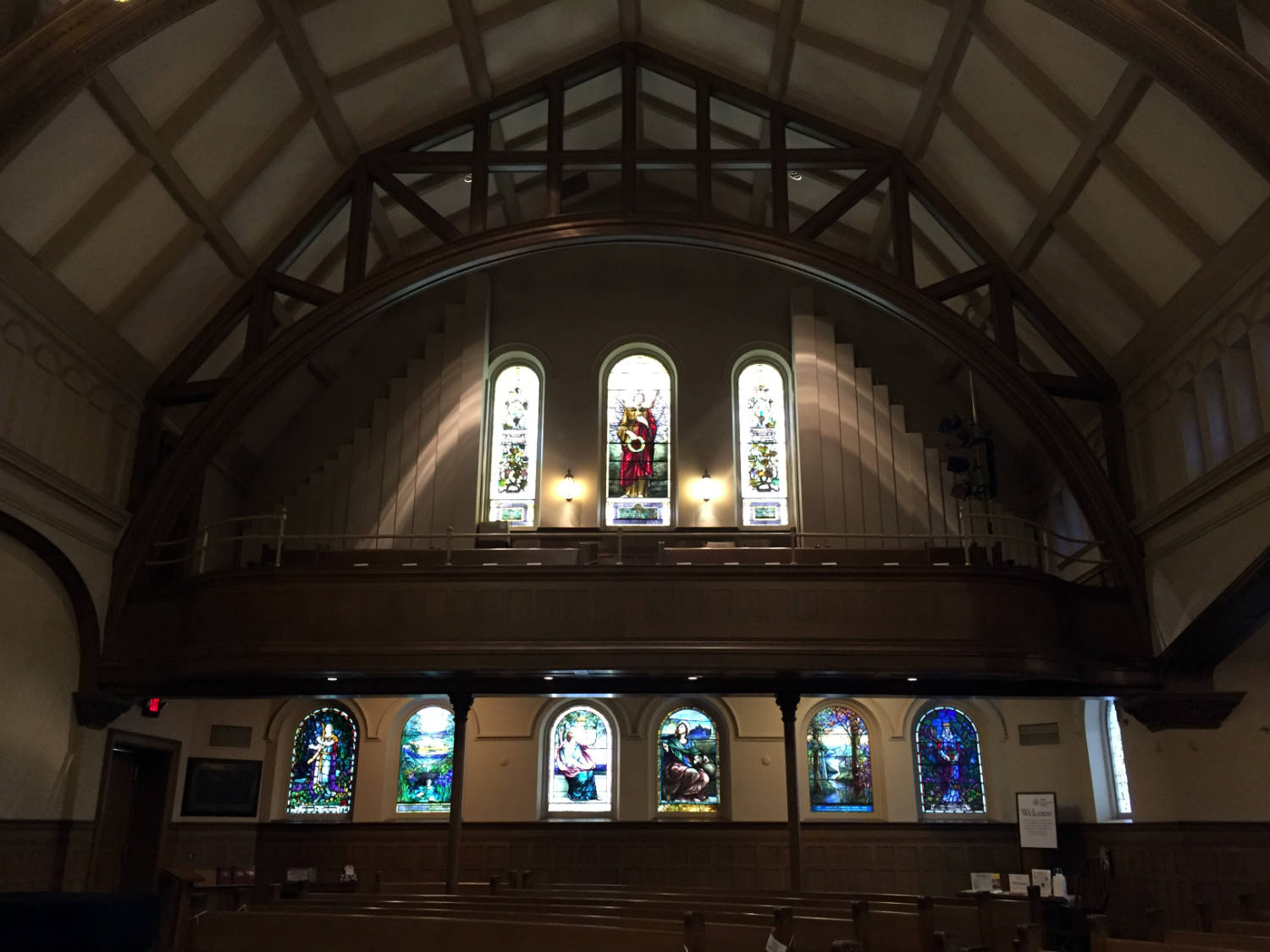

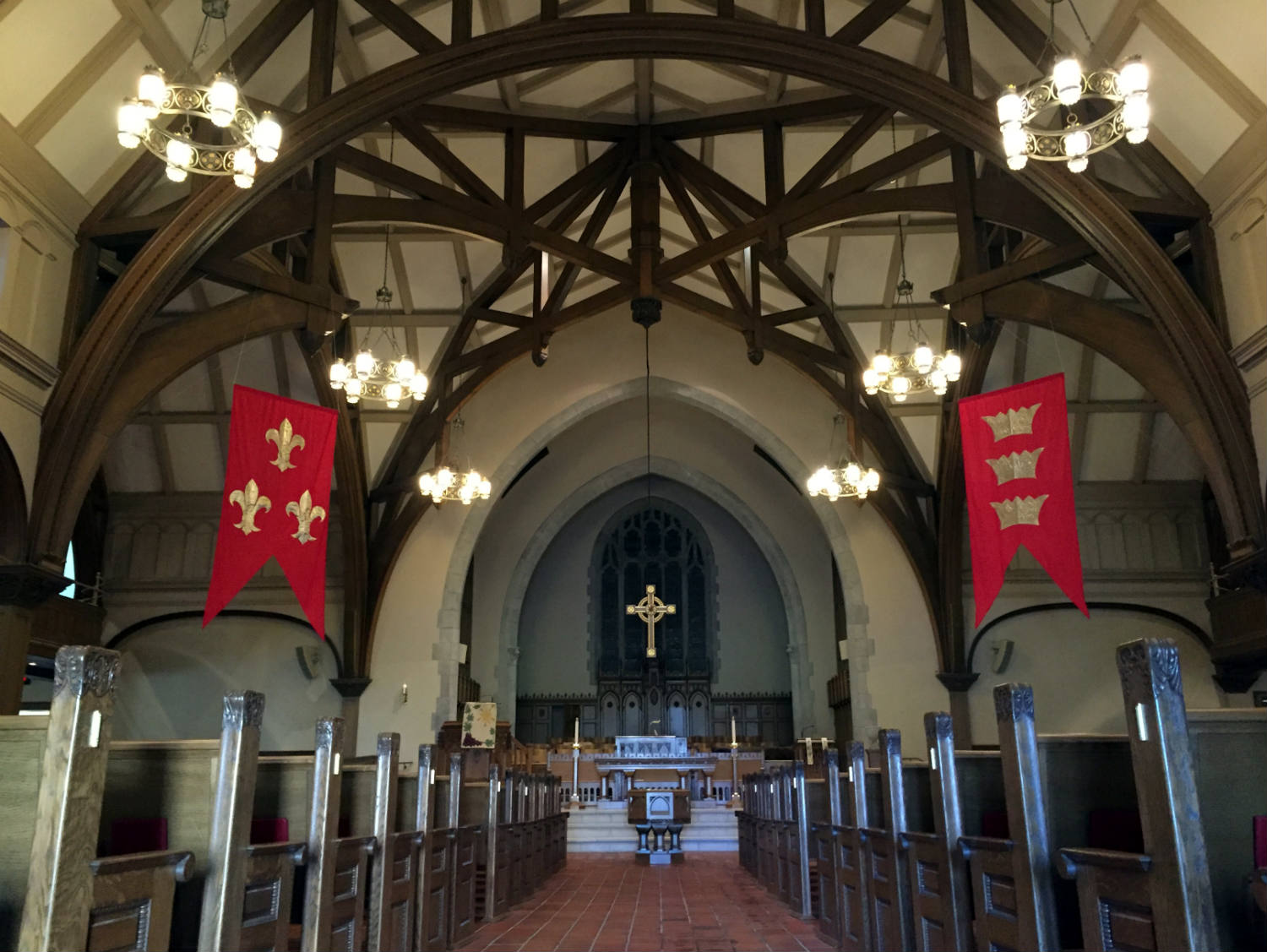

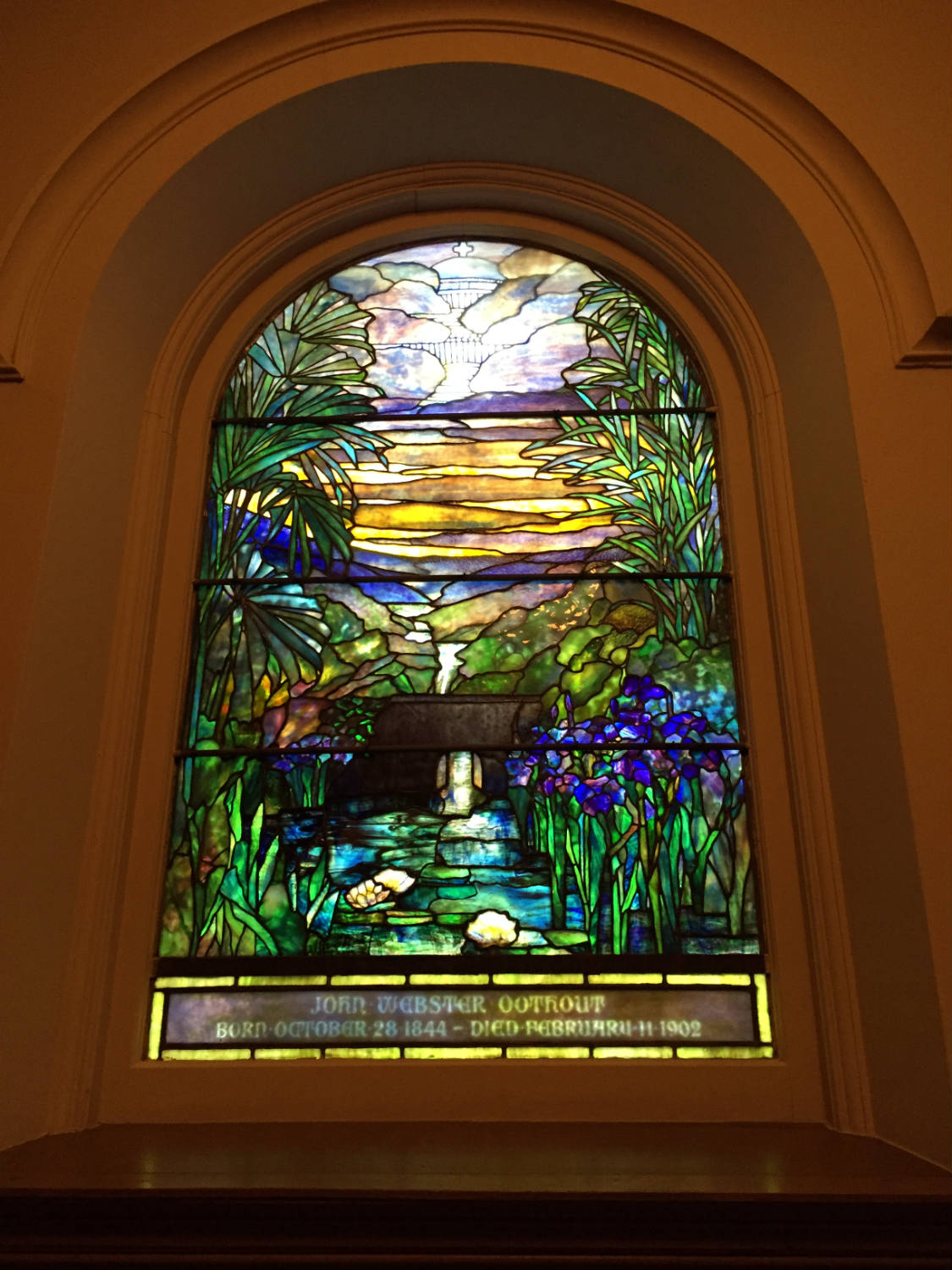
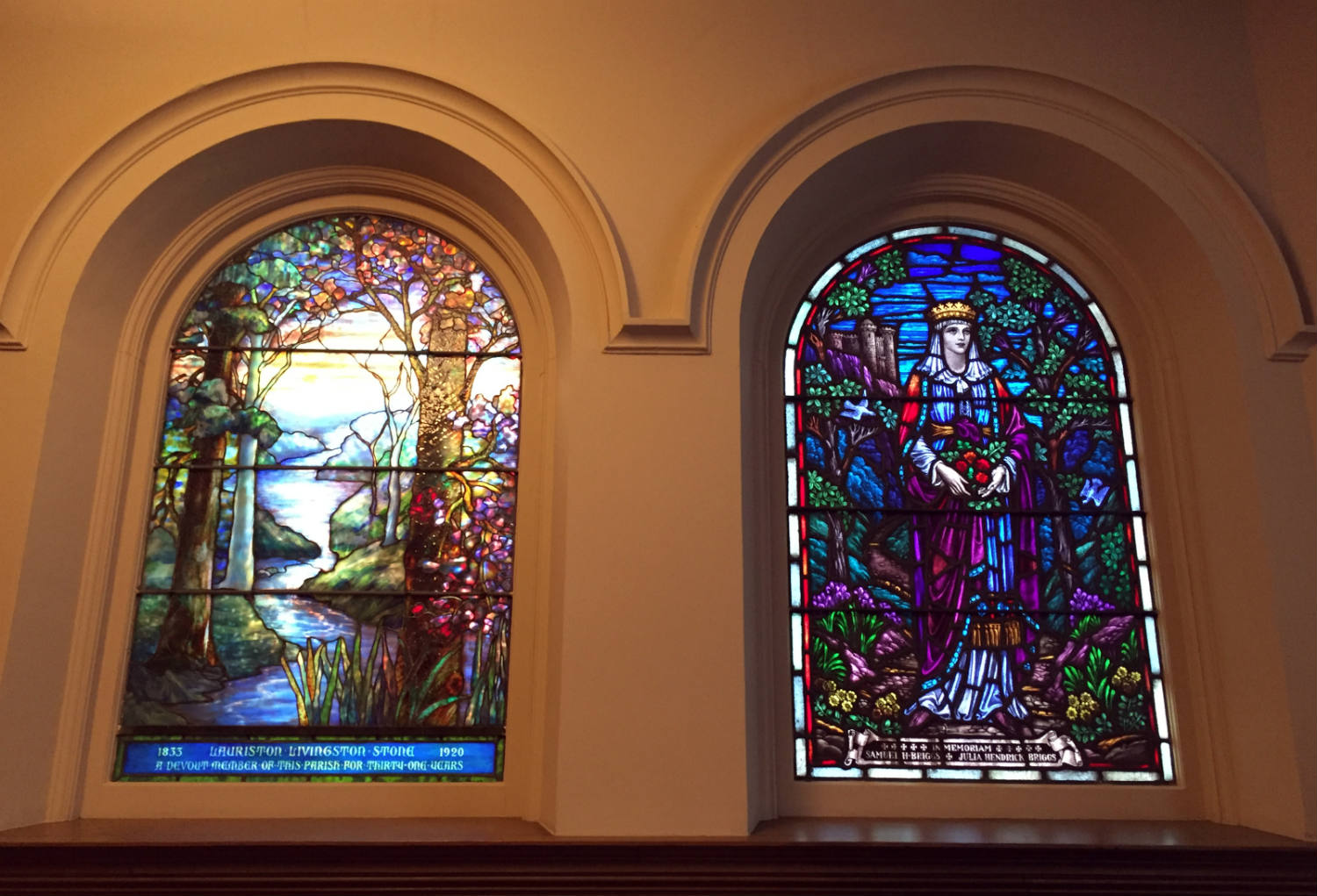
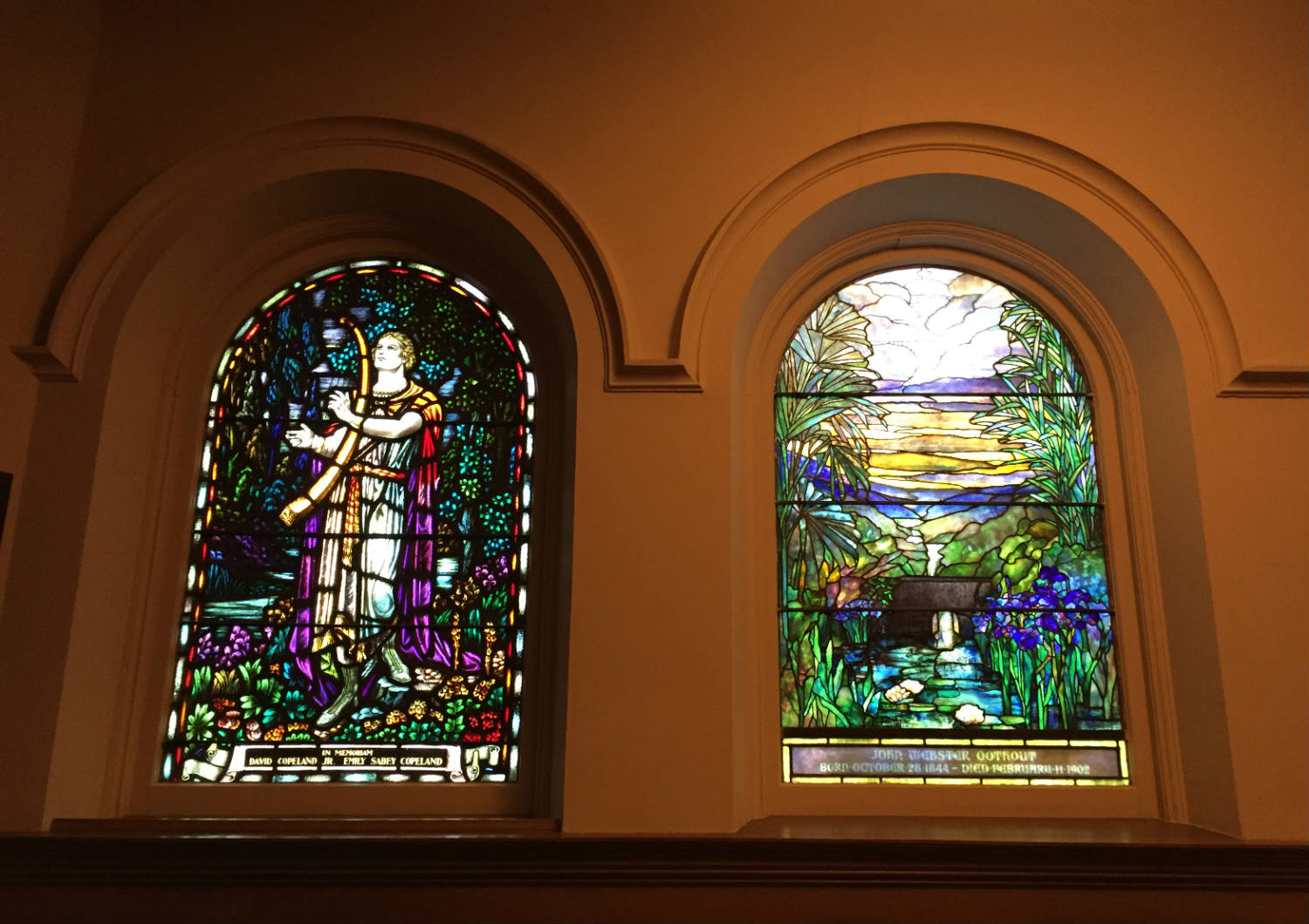

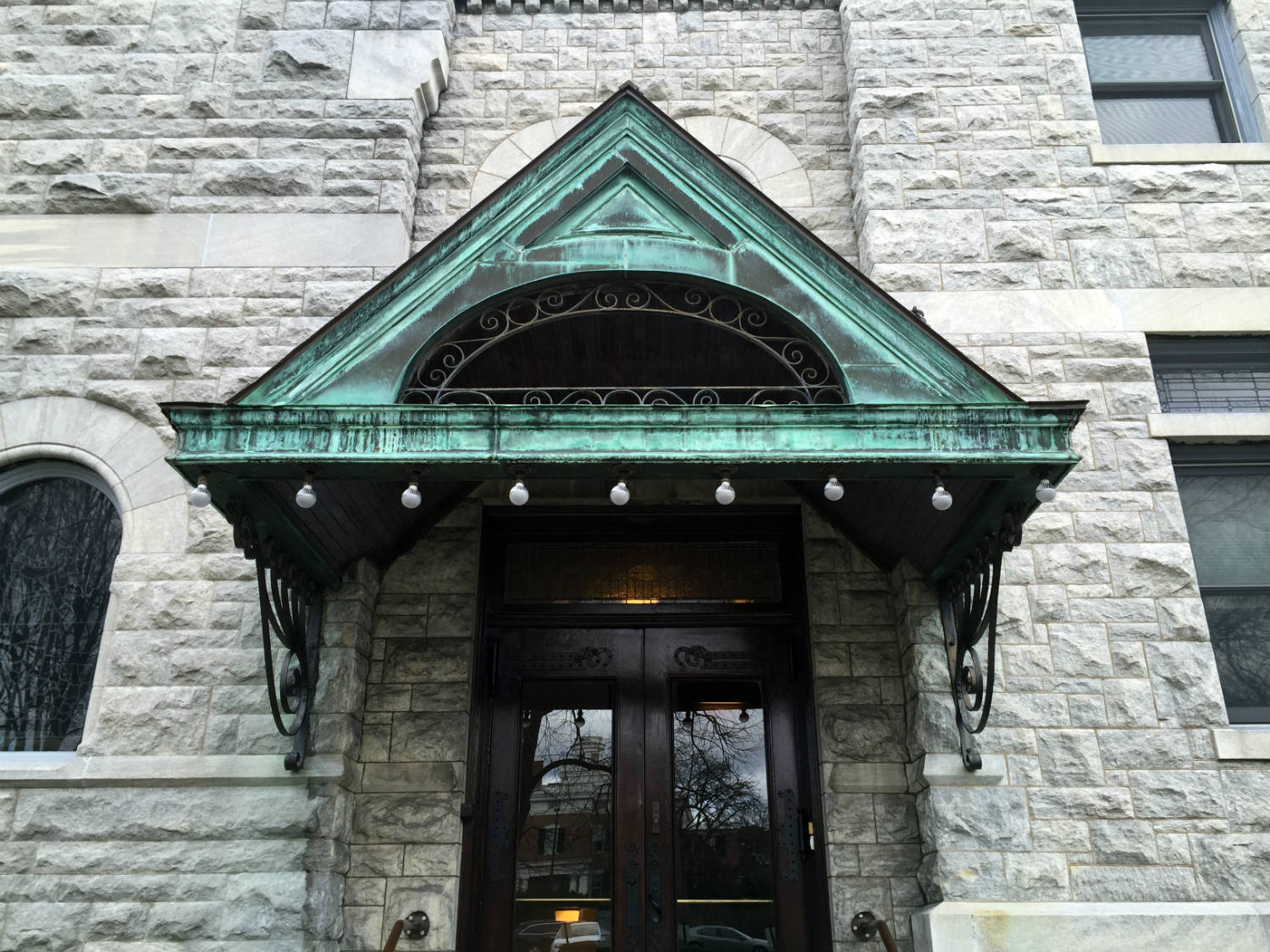
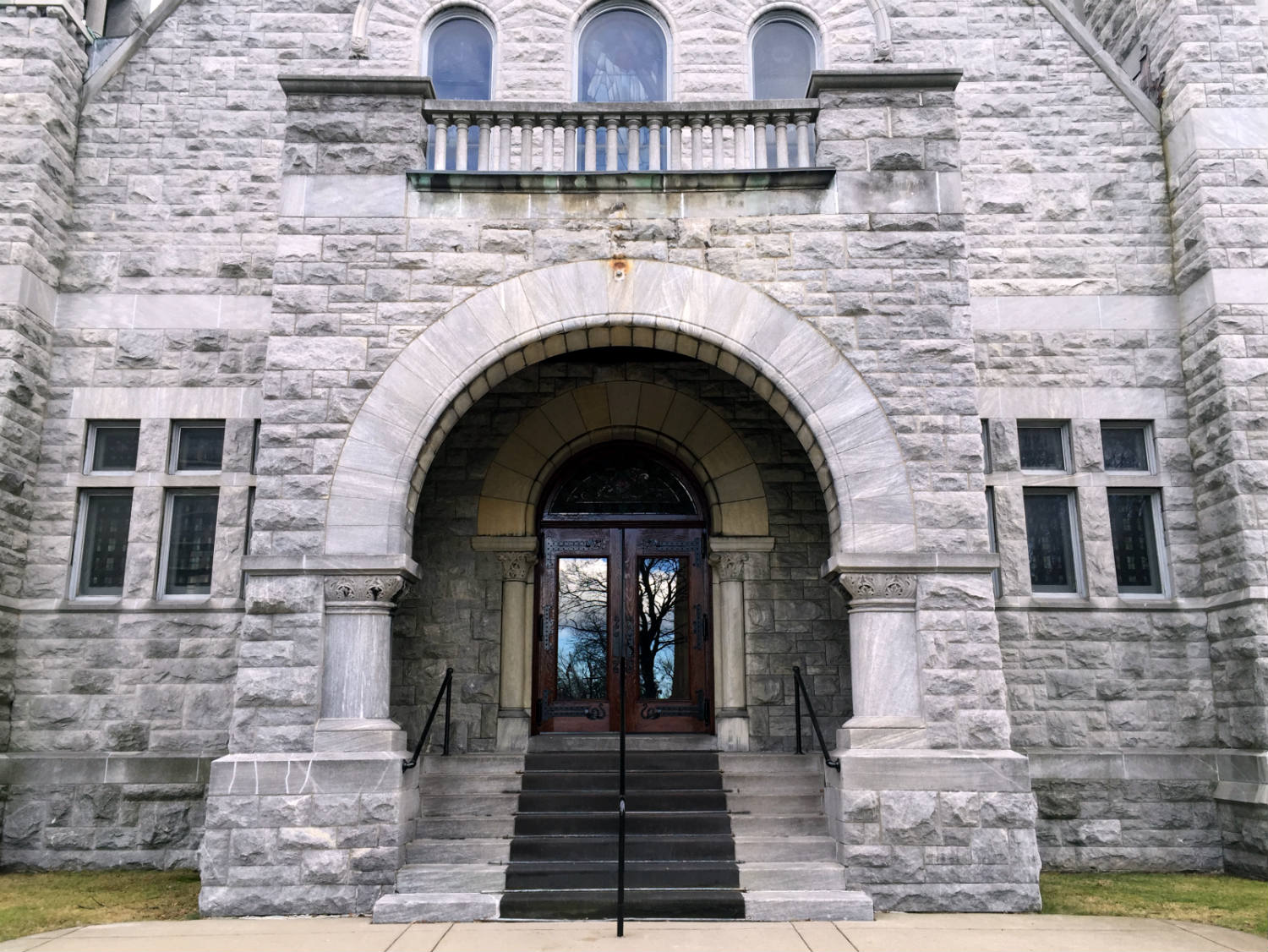
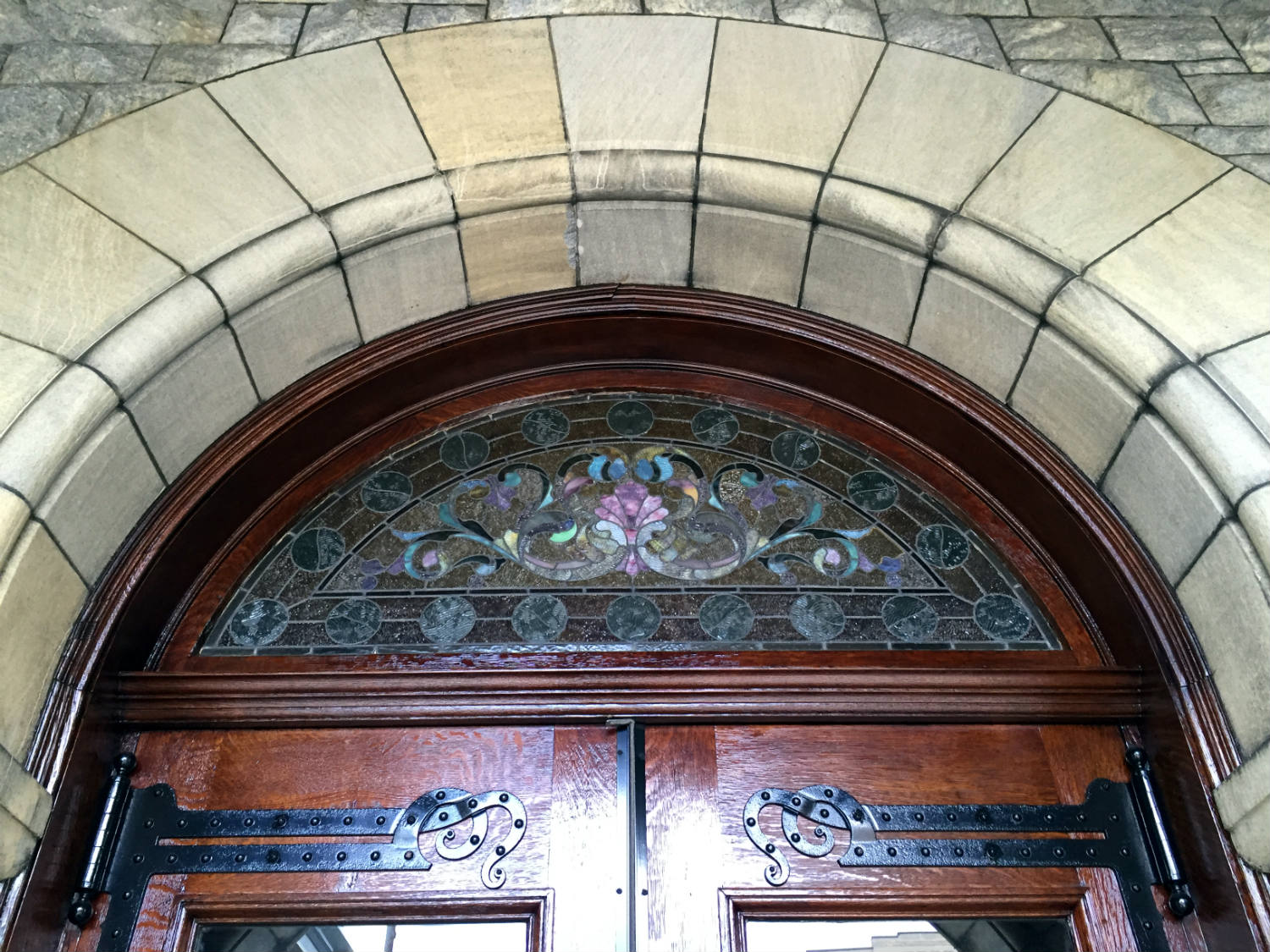
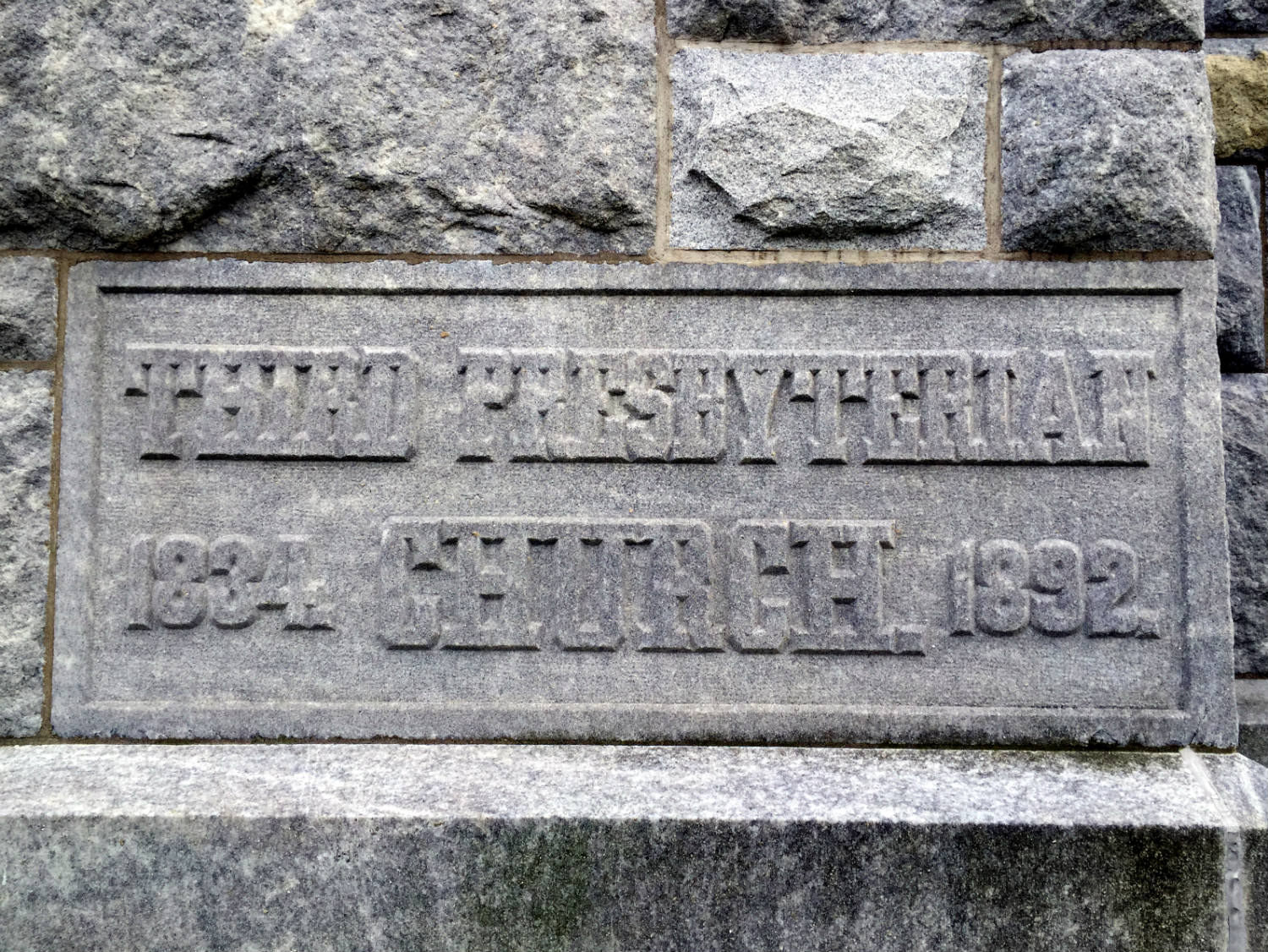

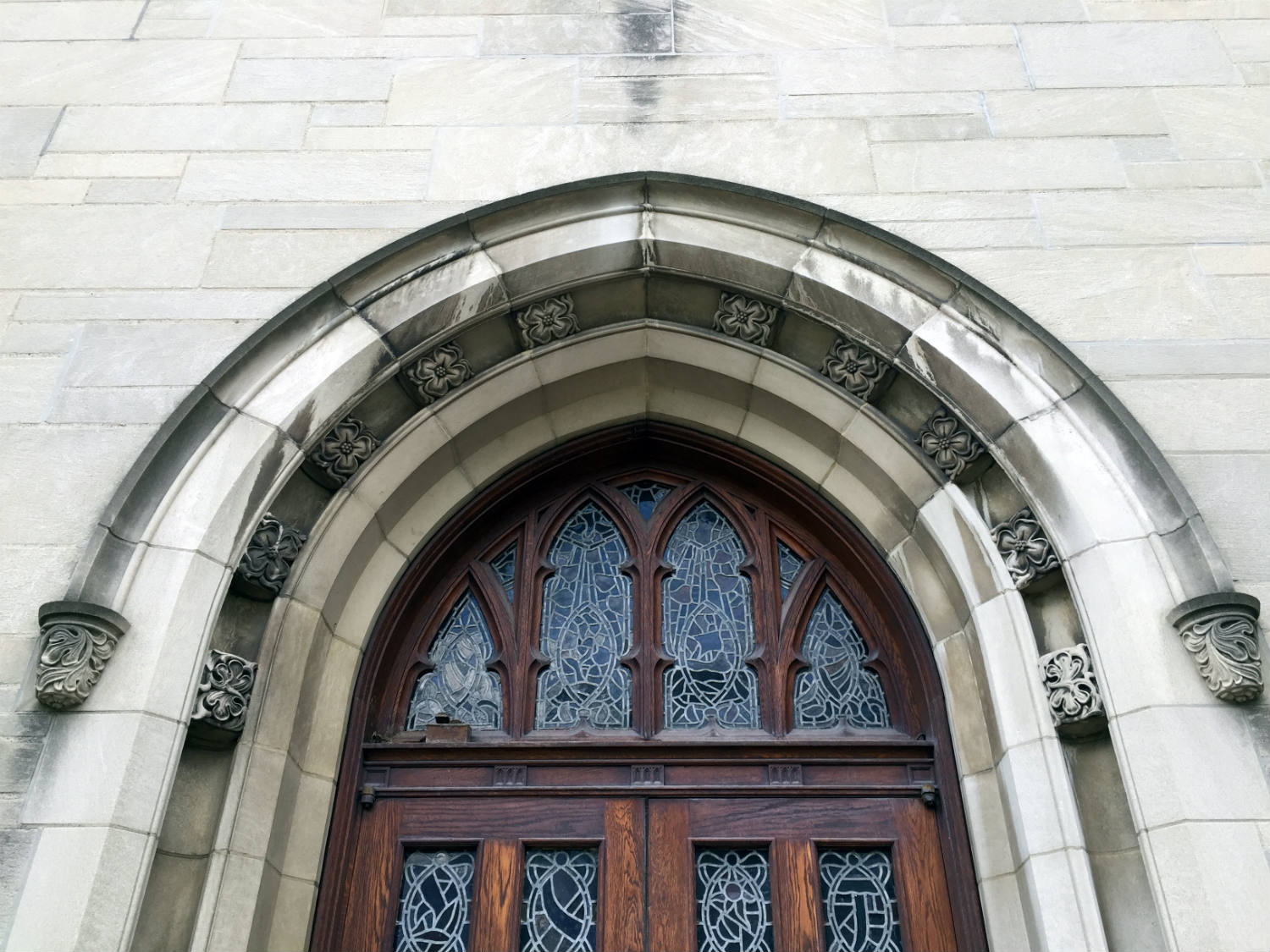
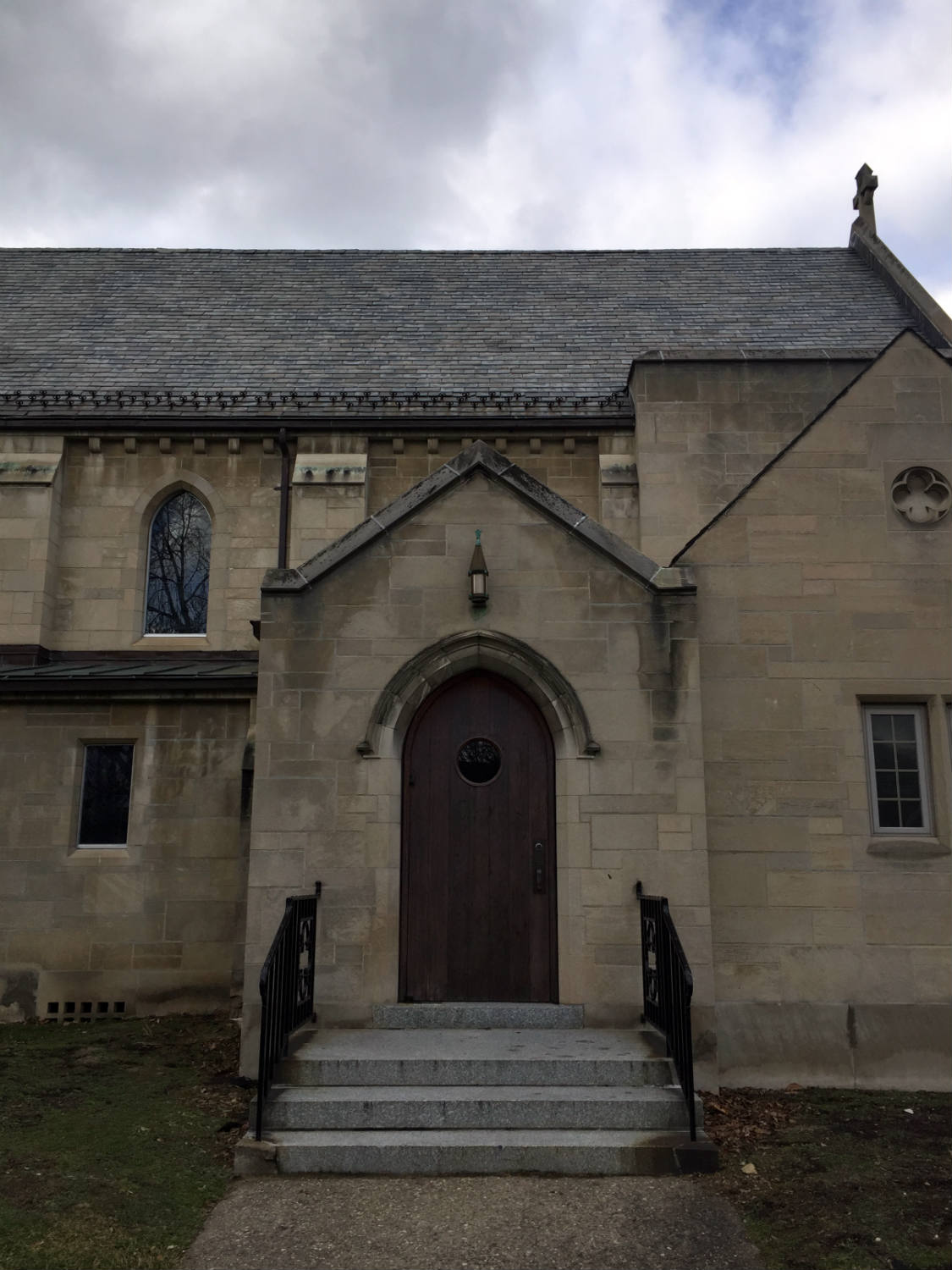




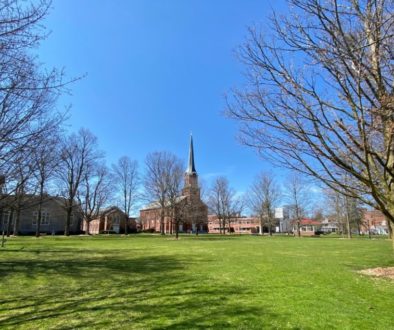

February 9, 2014 @ 7:20 pm
Another wonderful installment! The stained glass is awesome!
February 12, 2014 @ 4:41 pm
Thanks! We agree!
February 9, 2014 @ 7:51 pm
In the late sixties when I was a newspaper reporter in Rochester I lived just a few blocks from this beautiful church. Just for the record, Margaret Towner was ordained in 1956, not 1954. She’s still active and living in Florida.
February 12, 2014 @ 4:41 pm
Thanks for this correction Bill! I’ve noted it above. Maybe we’ll have to get in touch with Ms. Towner and write about her someday!
February 11, 2014 @ 10:26 pm
Another very interesting article.
I was a little curious about Charles Finney as there is the relatively new, Finney School in Penfield.
I had gone to the school’s web site looking for information but didn’t find any.
I did mention this to a relative whose son attended the Finney school, and was told that it was named after Charles Grandison Finney.
Maybe you can find out more information if you’d like.
Looking forward to more excellent articles.
February 12, 2014 @ 4:45 pm
Hey Mike! Many thanks!
I’ve actually been in the building many times that now has the Finney school. However, I was in it when it was the Penfield Post Office when I was a kid in the 80’s. Prior to that, my mom went to to Penfield Public Schools there! It certainly has been a lot of things since it was built, and definitely interesting that Finney’s name is now on the building!
February 21, 2023 @ 11:39 am
Greetings, I hope all is well. I’m interested in visiting Rochester to see anything connected with Charles Finney’s work there. I wrote a book (small book) about Alfred the Great by visiting sites connected to his life and want to do a similar book about Finney. Any info would be greatly appreciated. Thanks.